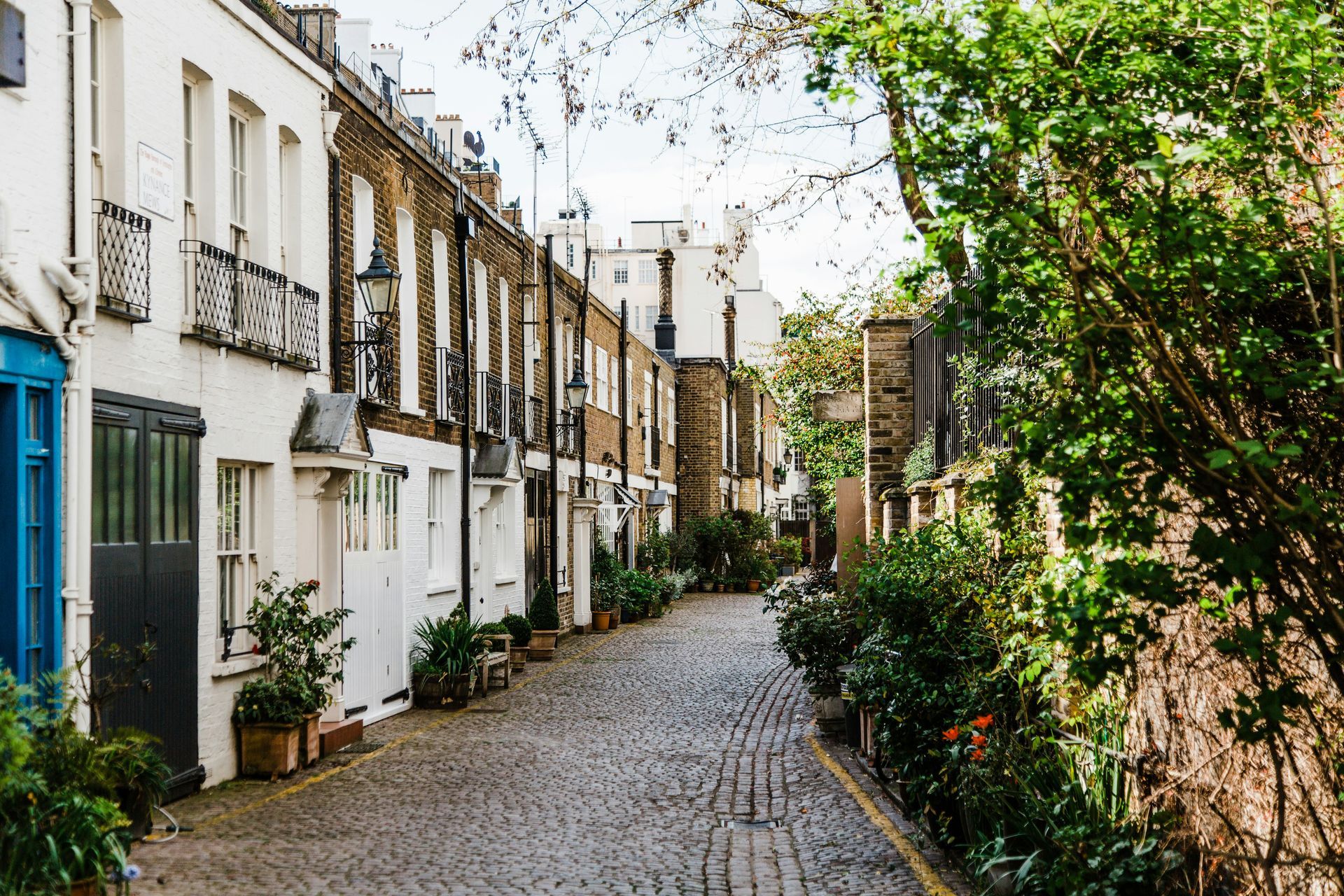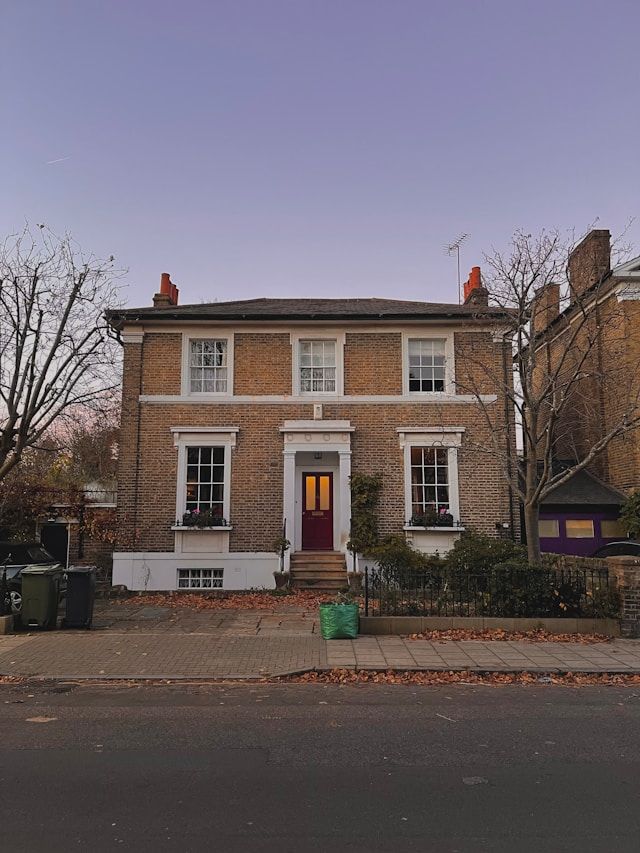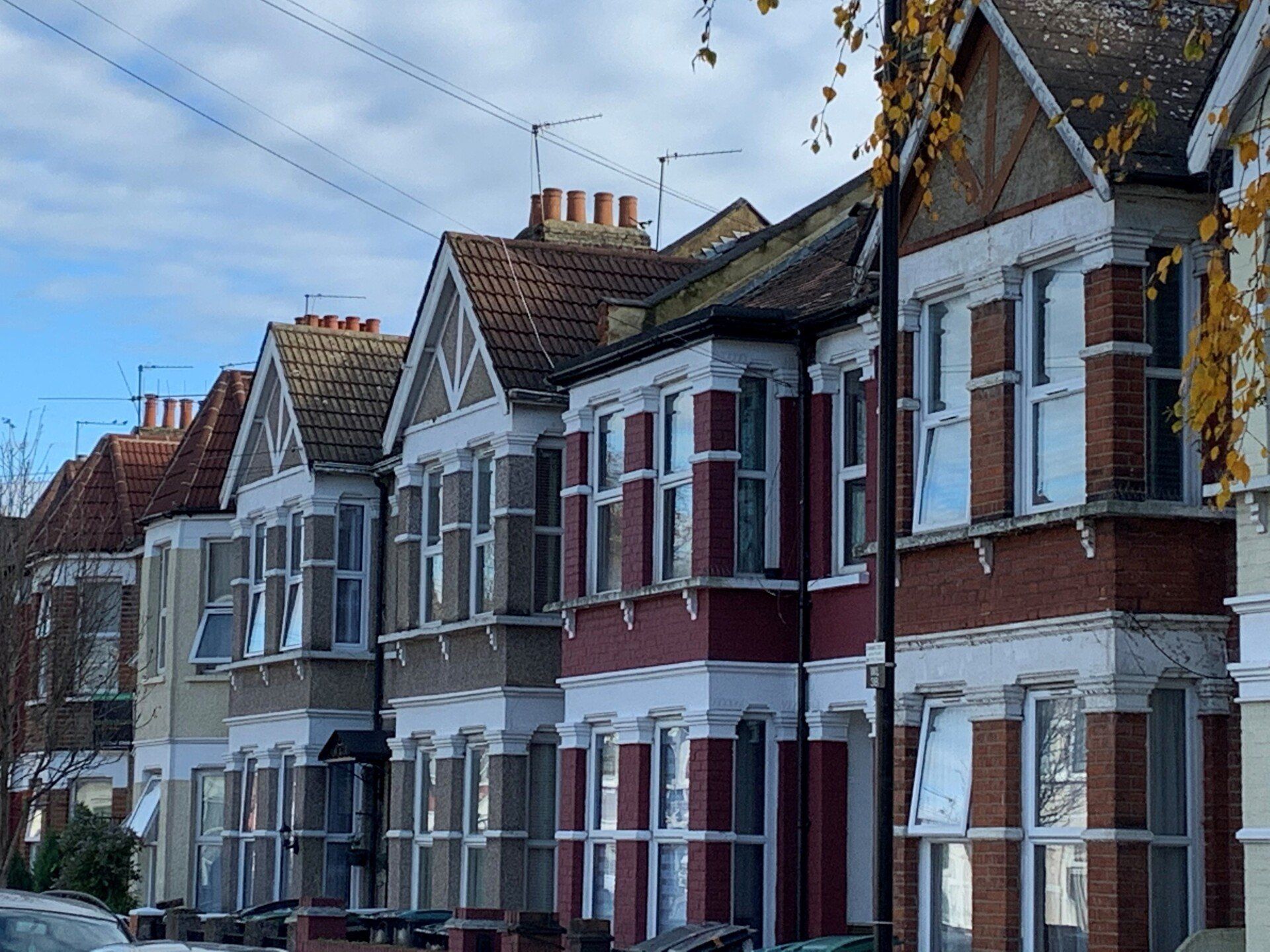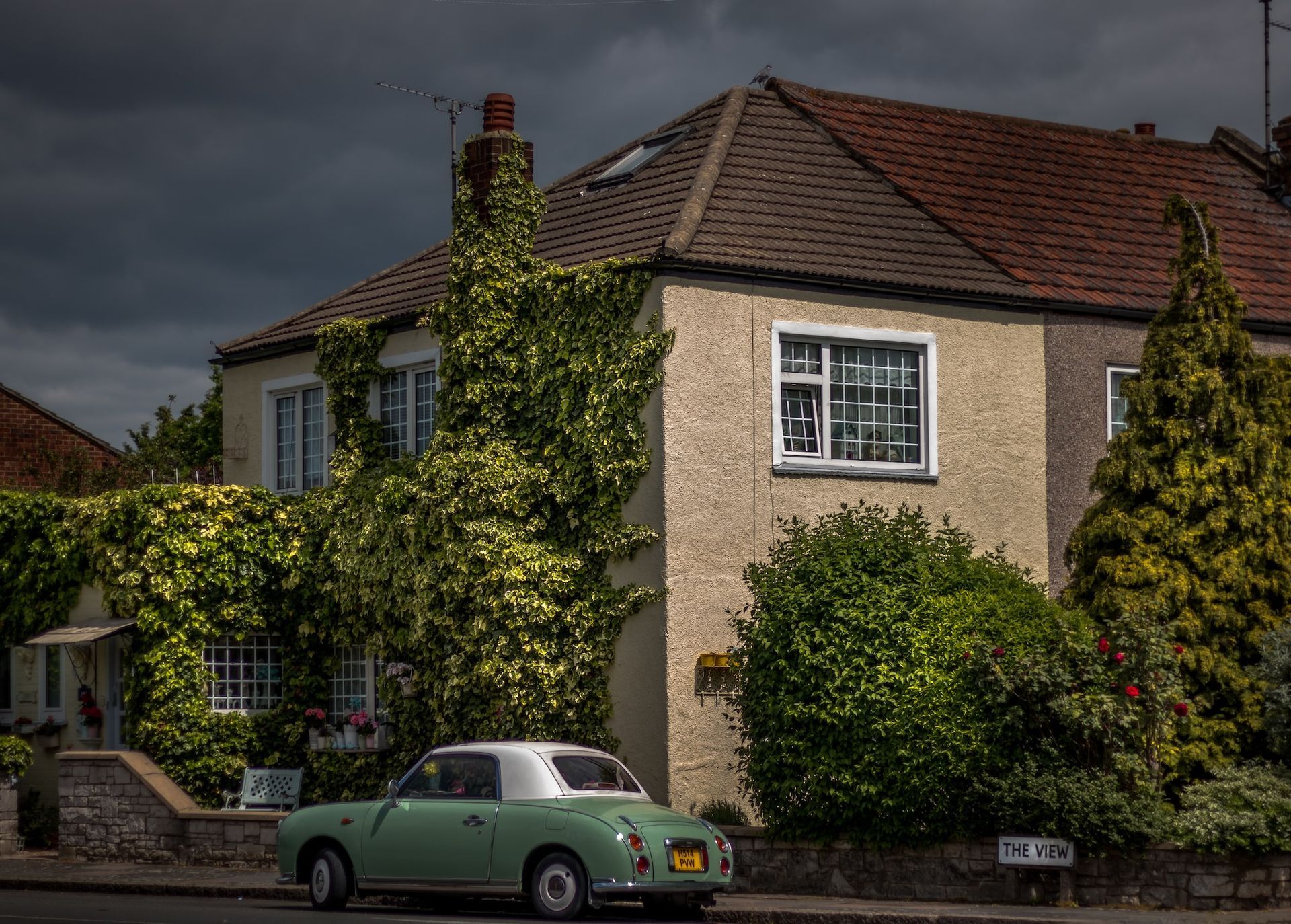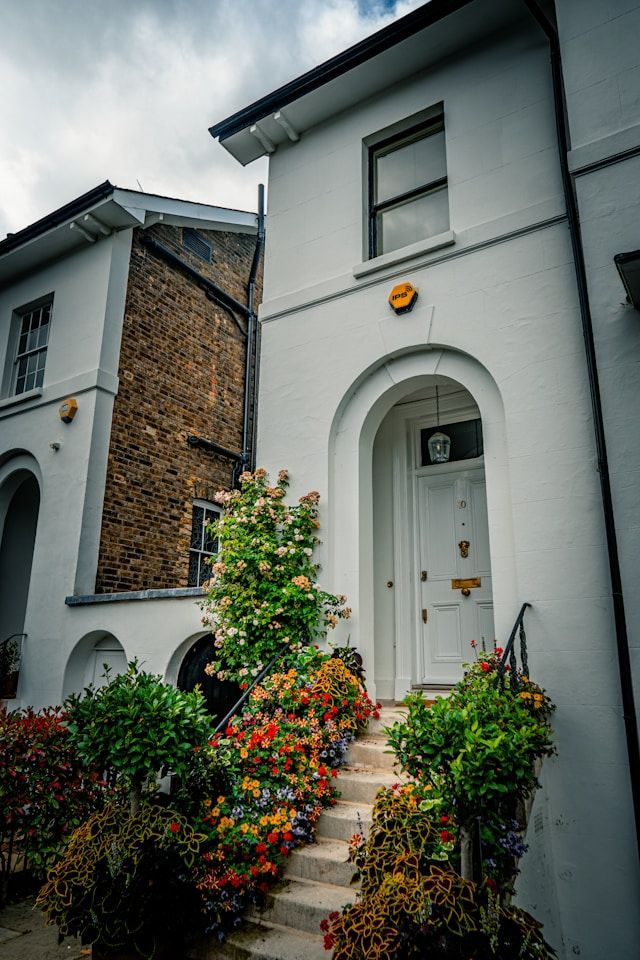How Is Party Wall Damage Dealt With and Who Pays for It?
This is a subtitle for your new post

The Party Wall etc. Act 1996 is a vital piece of legislation in England and Wales that governs construction or renovation work involving shared or adjoining walls between properties. While this law aims to prevent disputes, damages to party walls during construction are still possible. Understanding how these damages are dealt with and determining who is responsible for covering the costs is essential for property owners, surveyors, and contractors.
This blog will explore the process of handling party wall damage and clarify the financial responsibilities under the Party Wall etc. Act 1996.
What Is the Party Wall etc. Act 1996?
The Party Wall etc. Act 1996 regulates work affecting shared walls, boundaries, and excavations near neighboring properties. It applies to:
- Walls separating two properties (party walls).
- Floors or ceilings between flats.
- Boundary walls and excavations within three or six meters of neighboring structures.
- The Act ensures both parties—those conducting the work (building owner) and the adjoining property owner—have legal protections and obligations.
Common Causes of Party Wall Damage
Damages to party walls may occur due to:
- Structural Modifications: Cutting into the wall for beams or supports.
- Excavations: Weakening foundations near the wall.
- Vibrations: Heavy machinery use during construction.
- Poor Workmanship: Improper repairs or alterations to the shared structure.
- Accidents: Unintentional damage caused by workers or equipment.
Steps to Deal with Party Wall Damage
1. Document Pre-Work Condition
Before any work begins, a Party Wall Award is prepared, including a Schedule of Condition. This detailed report records the existing state of the party wall, with photographs and descriptions of any pre-existing cracks or issues.
Why It’s Important: Helps distinguish between new damage and pre-existing conditions.
2. Notify the Building Owner
If damage occurs, the adjoining owner must notify the building owner immediately. The notification should include:
Details of the damage.
Evidence such as photographs.
3. Involve the Party Wall Surveyor(s)
The appointed surveyor(s) assess the situation to determine:
The extent of the damage.
Whether it resulted from the construction work.
Surveyors are impartial professionals tasked with protecting both parties' interests.
4. Agree on Repairs
Once responsibility is established, the surveyor(s) outline the necessary repairs. The building owner is typically required to:
Carry out repairs to restore the wall to its original condition.
Cover the costs of the repairs.
5. Execute the Repairs
The building owner hires contractors to fix the damage, ensuring the work complies with the surveyor’s specifications. The adjoining owner may request updates or oversee the process to ensure quality.
Who Pays for Party Wall Damage?
Under the Party Wall etc. Act 1996, the building owner (the person conducting the construction work) is responsible for any damage caused to the party wall. This includes:
Repair Costs: Direct expenses for restoring the wall.
Compensation: In some cases, compensation for inconvenience or additional costs incurred by the adjoining owner.
Exceptions:
Pre-Existing Damage: If the damage was present before construction, the building owner is not liable.
Unproven Damage: If the adjoining owner cannot prove that the damage resulted from the building owner’s work, they may bear the repair costs.
Role of Party Wall Surveyors in Damage Resolution
Surveyors play a pivotal role in managing disputes over party wall damage. Their responsibilities include:
1. Inspecting Damage
Surveyors assess the damage and determine whether it directly resulted from the construction work.
2. Determining Liability
They establish who is responsible for the repairs based on evidence and documentation.
3. Arranging Repairs
Surveyors may oversee the repair work to ensure compliance with the agreed standards.
4. Resolving Disputes
If the building owner and adjoining owner disagree, the surveyor(s) mediate and issue a binding resolution as part of the Party Wall Award.
What Happens If the Building Owner Refuses to Pay?
If the building owner refuses to cover the repair costs, the adjoining owner has legal recourse:
Enforce the Party Wall Award: The adjoining owner can take the matter to court to enforce the terms of the award.
File a Civil Claim: Seek compensation through a civil lawsuit for damages caused.
The court typically favors the adjoining owner if the damage is proven to result from the construction work.
Preventing Party Wall Damage
1. Appoint Qualified Surveyors
Engaging experienced party wall surveyors ensures compliance with the law and reduces the likelihood of disputes.
2. Use Skilled Contractors
Hire professional contractors with expertise in working near party walls.
3. Conduct a Schedule of Condition
Document the condition of the party wall comprehensively before starting work.
4. Implement Protective Measures
Use protective sheeting, vibration-dampening techniques, or temporary reinforcements to minimize risks.
5. Communicate Clearly
Maintain open and transparent communication between the building owner and adjoining owner throughout the project.
Key Considerations for Adjoining Owners
If you are an adjoining owner:
Monitor Progress: Periodically check the work to ensure no unauthorized actions are taken.
Report Issues Promptly: Notify the building owner of damages as soon as they occur.
Engage Your Own Surveyor: If you feel the appointed surveyor is biased, you can hire your own surveyor.
Conclusion
Dealing with party wall damage can be complex, but the Party Wall etc. Act 1996 provides a clear framework for resolution. The building owner is typically responsible for covering the costs of repairs unless the damage was pre-existing or unproven. Involving qualified surveyors, maintaining proper documentation, and communicating effectively can prevent disputes and ensure smooth project execution.
Understanding your rights and responsibilities under the Act can help both building owners and adjoining owners navigate these situations with confidence.
For more information call us at 020 3875 9279 or email us.
